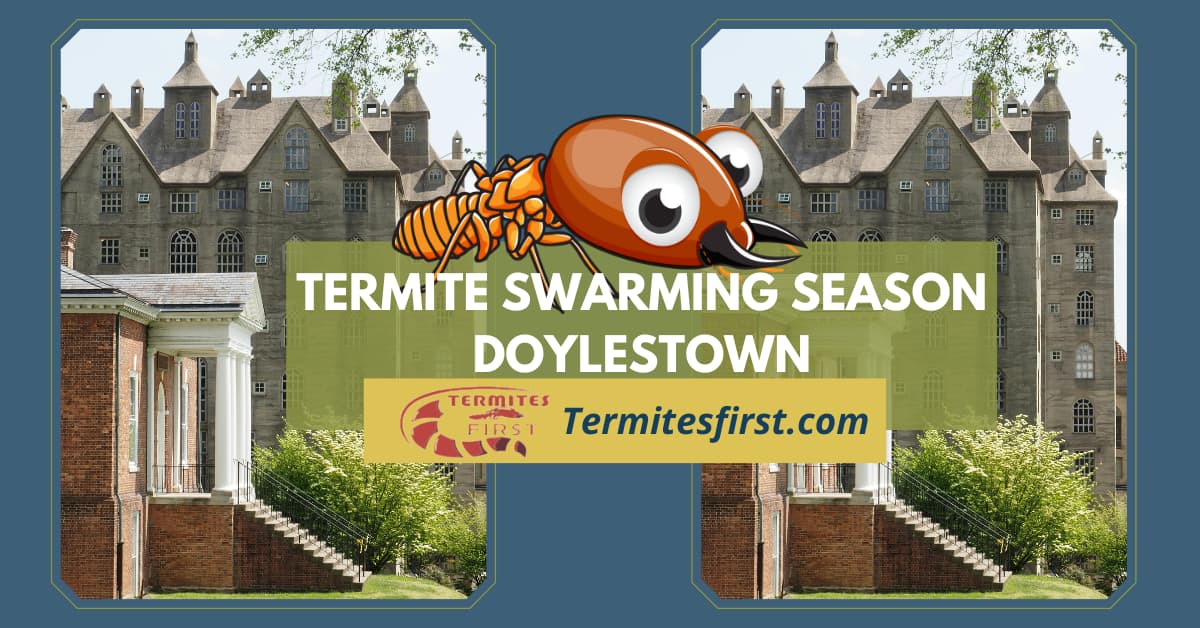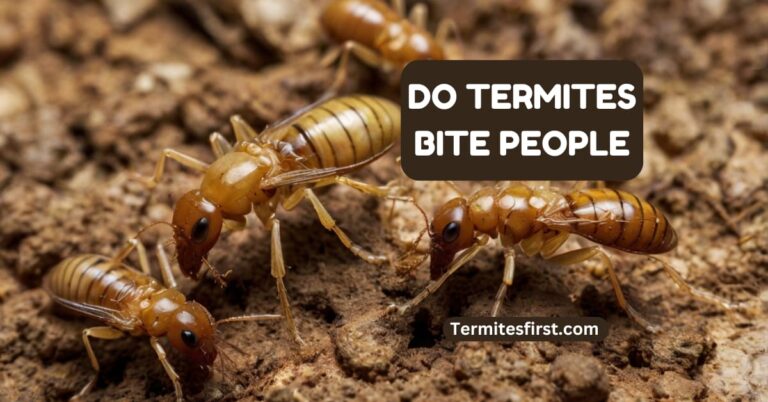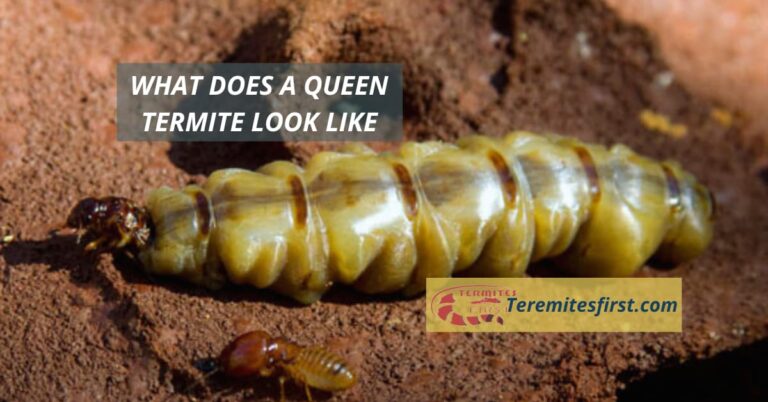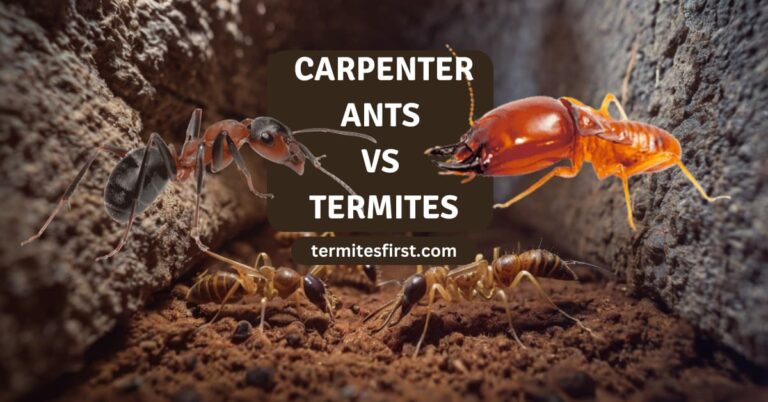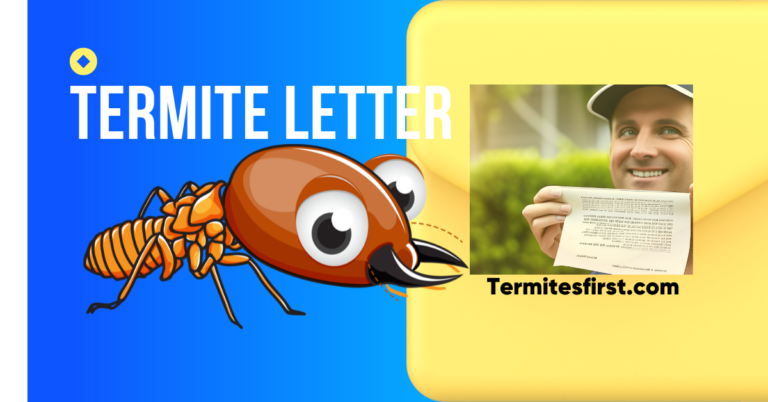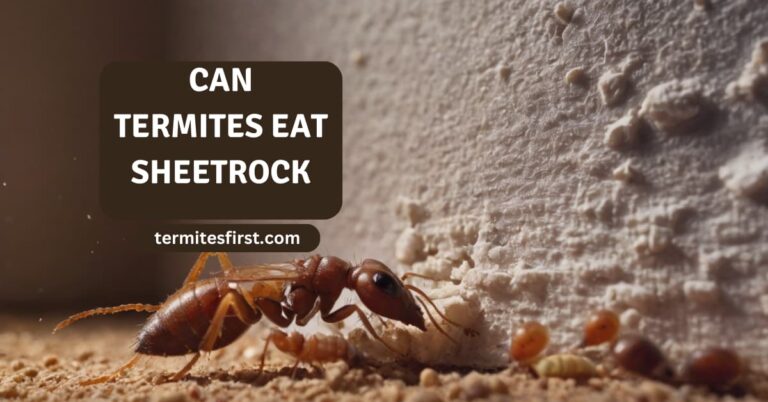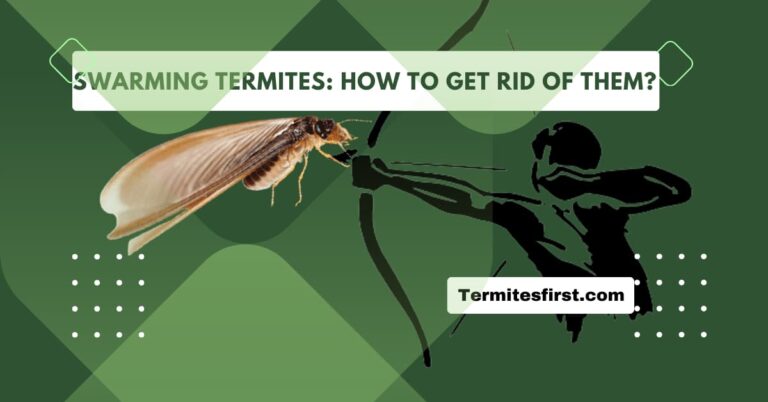Termite Swarming Season Doylestown:What You Need to Know
“Termite swarming season in Doylestown” is a crucial time for homeowners to be vigilant. These destructive pests can cause significant damage if left unchecked. Understanding the signs of termite activity and knowing how to prevent infestations are essential for protecting your property. Stay informed about the risks associated with termite swarms and take proactive measures to safeguard your home. By being aware of the threat posed during this season, you can effectively protect your investment and maintain a termite-free environment.
Identifying Termite Swarms
Inspecting your home during termite swarming season in Doylestown is crucial. Look for winged termites to identify a potential infestation. These reproductive termites shed their wings after swarming. Near windows and doors, keep an eye out for discarded wings, a telltale sign of termite activity. These discarded wings indicate that termites have entered your home.
Another indicator of termite presence is the existence of mud tubes along the foundation of your house. Termites use these tubes for protection while they travel between their nest and a food source. During swarming season, you may notice groups of termites flying around light sources. Observing swarming termites near light fixtures could signify an active infestation in your property.
- Look for discarded wings near windows and doors.
- Check for mud tubes along the foundation of your home.
- Observe swarming termites around light sources.
Differentiating Swarmers and Flying Ants
Termites and ants can be distinguished by examining their waist and antennae. Termites have straight waists, while ants’ waists are pinched. Termites have straight antennae, unlike the elbowed antennae of ants.
One key difference lies in the uniform color of termites compared to ants. Termites typically have a consistent color throughout their bodies, whereas ants may display variations in coloration.
Swarmers or reproductive termites –have longer wings than flying ants. These wings are of equal length on each side for termites but differ in size for flying ants.
- Termites: Straight waist and antennae
- Ants: Pinched waist and elbowed antennae
- Uniform color: Termites vs. varied colors in ants
- Wing size: Longer, equal-length wings on termite swarmers
Signs of a Termite Infestation
Pests like termites can cause significant damage to homes if left unchecked. Mud tunnels along walls or foundations are a common sign of termite activity. These pests create these tunnels to travel safely between their nests and food sources.
If you notice piles of discarded wings near windowsills or doors, it could indicate a termite swarm. This is when reproductive termites leave the nest to establish new colonies. It’s crucial to act promptly upon spotting these signs to prevent further damage.
When inspecting your home, search for other indicators such as hollow-sounding wood when tapped. Termites consume wood from the inside out, leaving behind thin layers that sound hollow. Keep an eye out for small holes in drywall or wallpaper, which may be entry points for termites.
Another red flag is type of damage like sagging or buckling floors. This could signify extensive termite infestation causing structural harm to your property. Regular inspections by pest control professionals can help detect and address termite issues early on.
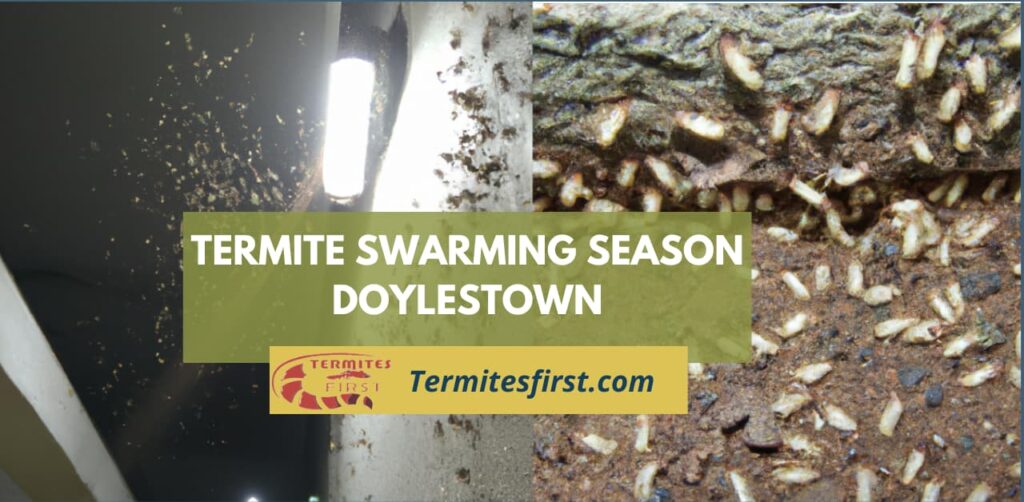
Preventing Termite Infestations in Doylestown
To prevent termite infestations, remove wood debris and minimize soil-to-wood contact around your home. Ensure proper ventilation in crawl spaces to reduce moisture levels that attract termites. Using termite-resistant materials during construction or renovations can also be effective.
When dealing with live termites, it’s crucial to eliminate their access points. Termites build tunnels through soil or construct mud tubes along walls to reach sources of food like trees or the structure of a building. By reducing these entryways, you can deter termites from invading your house.
Termites are drawn to moisture-rich environments as they need water to survive. By fixing leaks promptly and maintaining proper drainage around your property, you can make the area less appealing for termites seeking moisture sources.
Opting for termite-resistant products when landscaping or constructing new additions can act as a deterrent against potential infestations. These products create barriers that make it challenging for termites to establish colonies in the first place.
Effective Termite Treatment Methods
Liquid termiticides are commonly used for soil treatment to create a protective barrier around structures, preventing termite entry. This method involves applying the solution in the soil surrounding a building’s foundation.
Bait systems offer an effective and non-invasive approach to termite control. These systems consist of bait stations strategically placed around the property, attracting termites to feed on them and share the toxic substance with their colony members.
For severe infestations, especially in enclosed spaces like attics or crawl spaces, fumigation is a recommended treatment option. This method involves sealing off the area and introducing a fumigant that penetrates all surfaces to eliminate termites at all stages of development.
- Liquid termiticides: Create barrier protection
- Bait systems: Non-invasive termite control
- Fumigation: Severe infestations in enclosed spaces
Implementing these termite treatment methods can effectively eradicate existing infestations and prevent future ones from occurring, safeguarding your property from costly damage caused by these destructive pests.
Importance of Regular Inspections
Regular inspections for termites play a crucial role in maintaining the integrity of properties during termite swarming season in Doylestown. By scheduling annual inspections, property owners can detect termite presence early on and prevent future occurrences.
Professional pest control services offer comprehensive inspections that cover all areas susceptible to termite infestations, such as basements, attics, and crawl spaces. These thorough inspections help safeguard businesses and homes from costly structural damages caused by termites.
DIY vs Professional Elimination Services
Assess the severity of the infestation to determine whether DIY methods or professional services are more suitable. DIY treatments may seem cost-effective initially, but without proper expertise, they can lead to ineffective results.
Professional elimination services offer expertise and specialized tools, ensuring a thorough eradication of termites from your home. Consider the long-term benefits of professional services, such as reduced risk of re-infestation and structural damage.
When opting for DIY solutions, individuals should be aware of the risks involved, including incomplete eradication and potential harm from chemicals. In contrast, professionals employ safe and effective treatment methods.
Evaluate your comfort level with handling pest control tasks; while some homeowners may prefer the hands-on approach of DIY methods, others value the convenience and reliability of professional services.
Conclusion:
Understanding termite swarming season in Doylestown is crucial for homeowners. By identifying swarmers, differentiating them from flying ants, recognizing signs of infestation, and taking preventive measures, one can safeguard their property. Effective treatment methods and regular inspections play a significant role in termite control. Whether opting for DIY solutions or professional services, addressing termite issues promptly is paramount. The impact of termite swarming underscores the importance of proactive management to mitigate structural damage. For those in Doylestown, staying vigilant during swarming season is key to protecting their homes. Educating oneself on termite behavior and enacting preventative strategies can save time and money in the long run. Remember, early intervention is the best defense against termite infestations.
F&Q’s:
Termite swarms have straight antennae, a broad waist, and equal-length wings. Flying ants have elbowed antennae, a pinched waist, and wings of different lengths. Consulting a professional for accurate identification is crucial.
Termite infestations in Doylestown pose a significant threat to homes and structures in the area. These pests are known for their voracious appetite for wood, causing extensive damage if left unchecked.
Regular inspections help detect early signs of termite activity before significant damage occurs. Timely identification allows for swift intervention through targeted treatments or preventive measures to safeguard your property from costly structural issues.
Effective termite treatment methods include liquid termiticides applied to soil around structures, bait systems that target termite colonies directly, as well as fumigation for severe infestations. Consult with a licensed pest control professional for the best approach.

